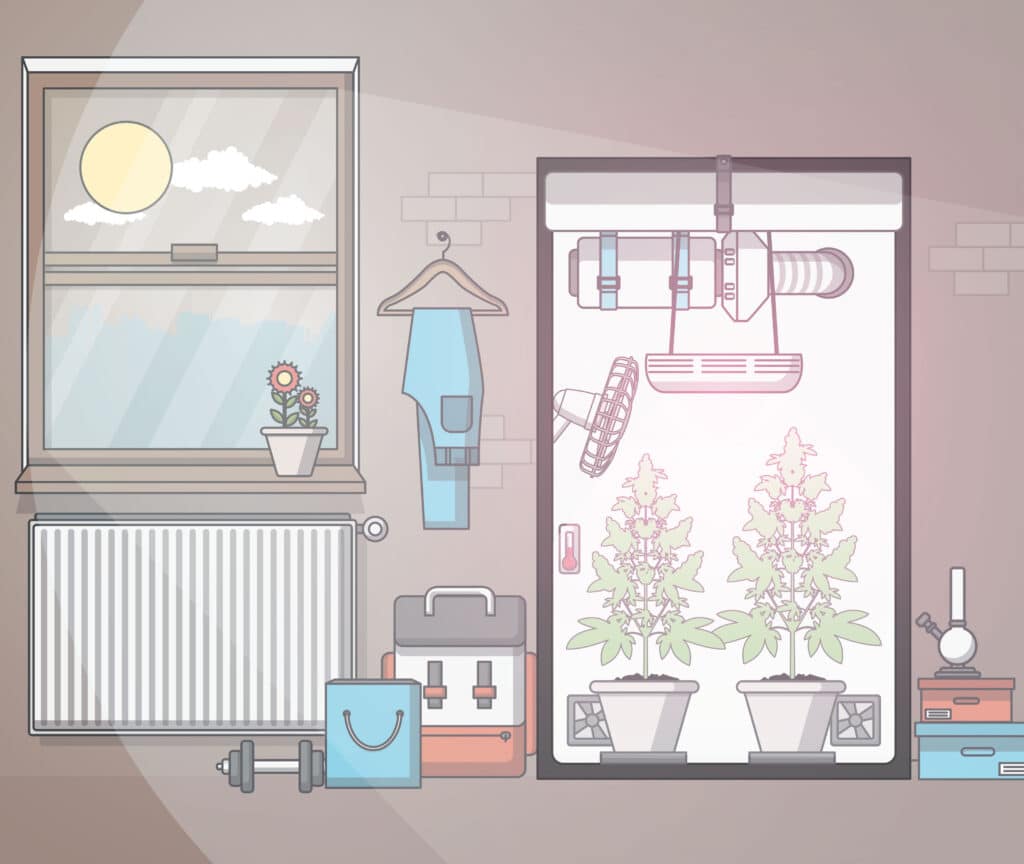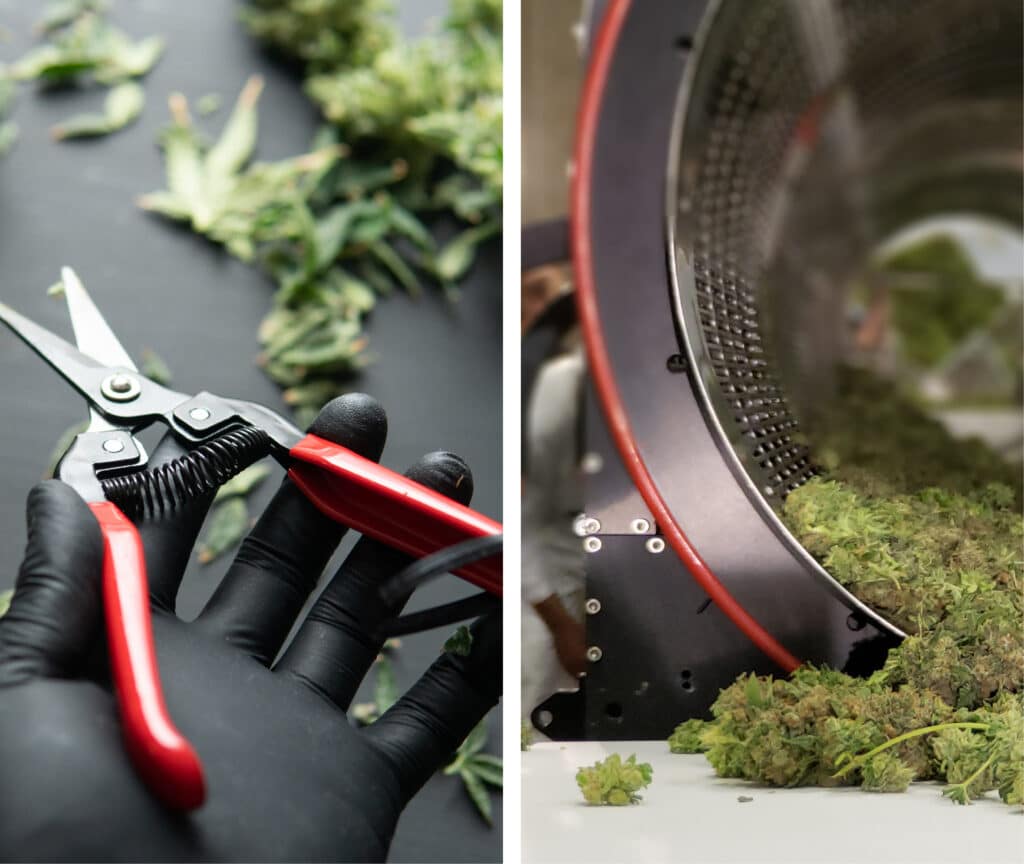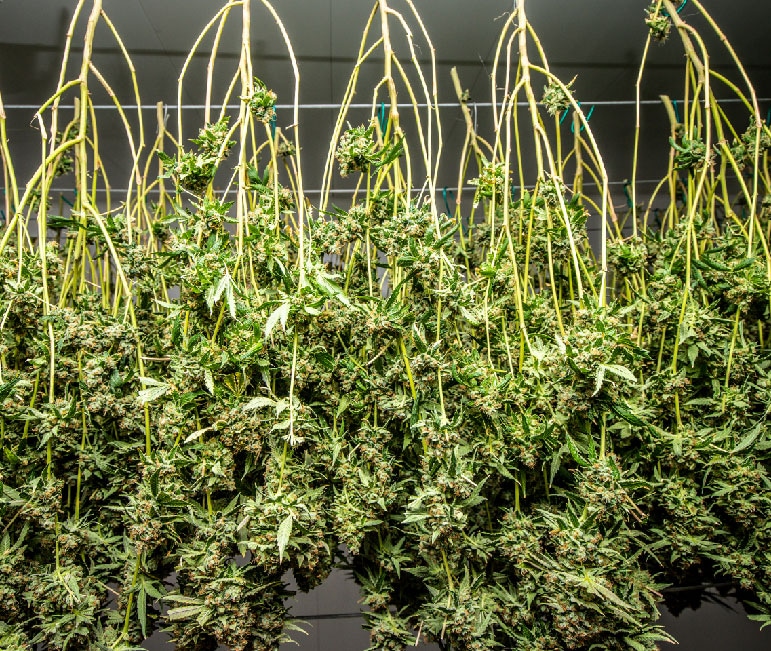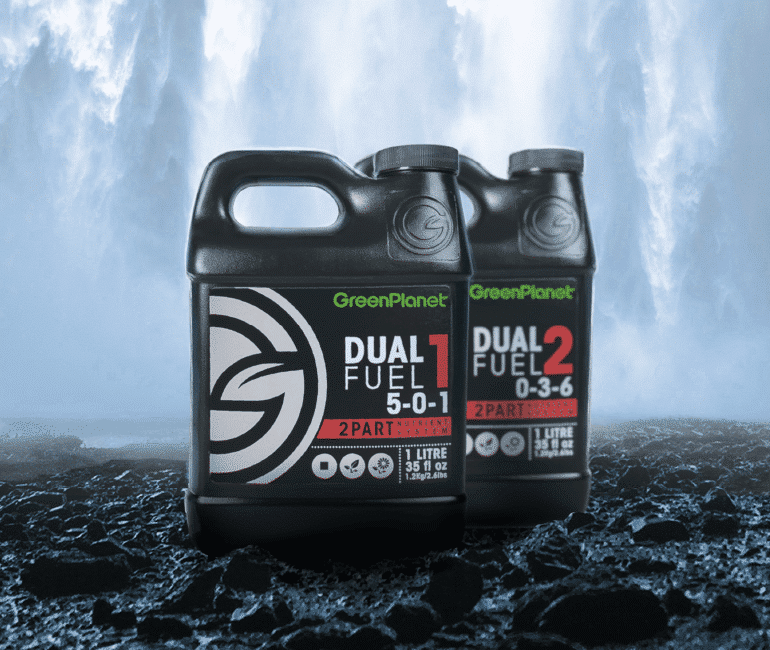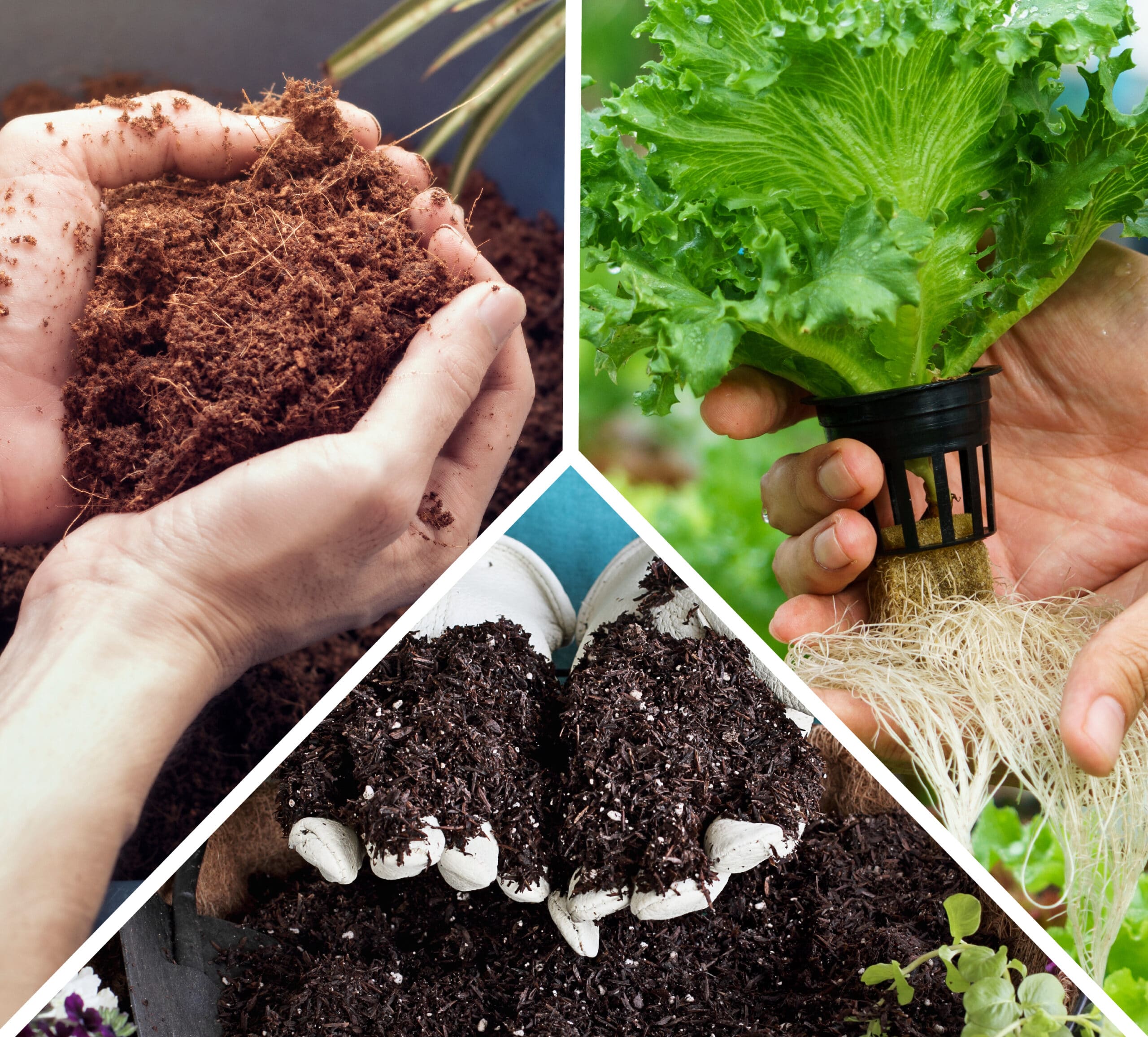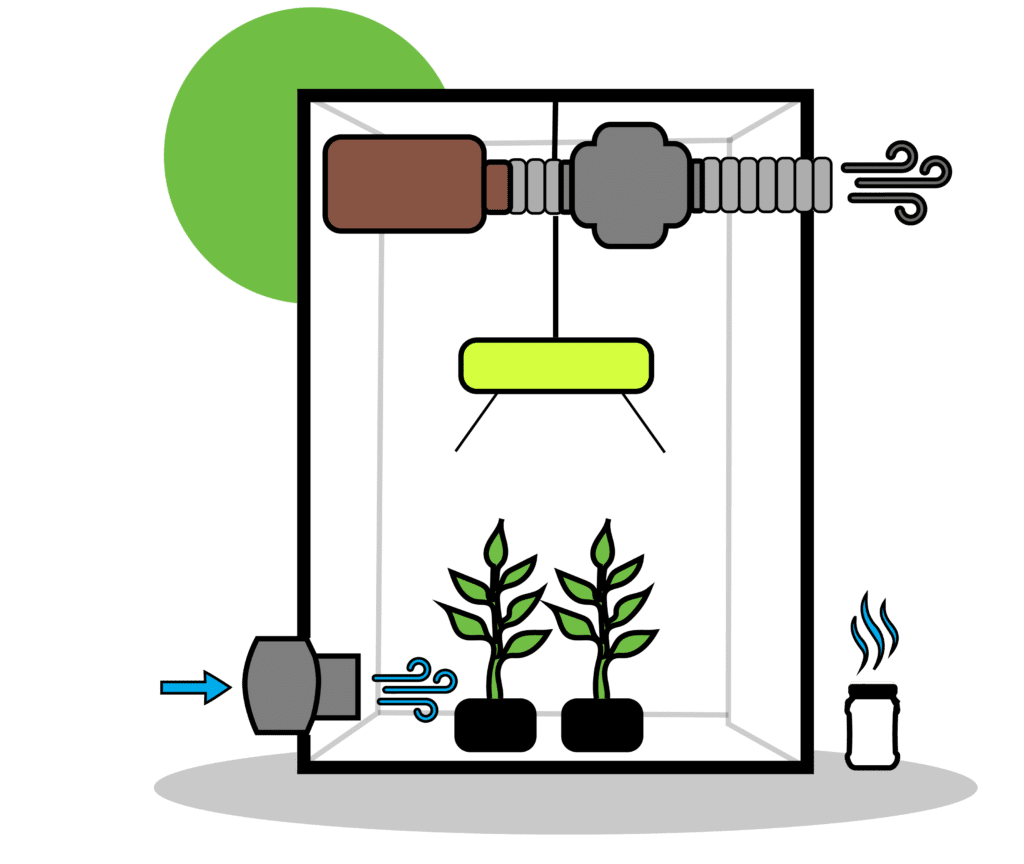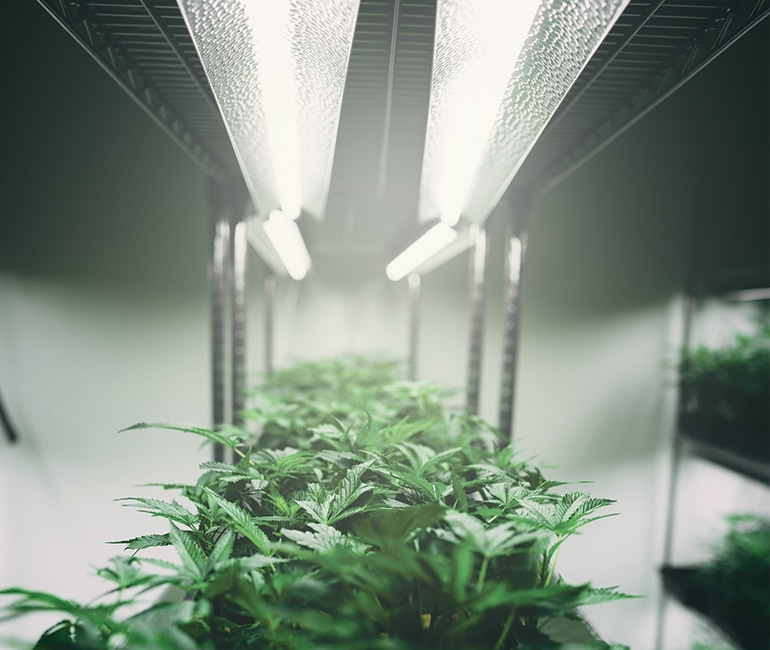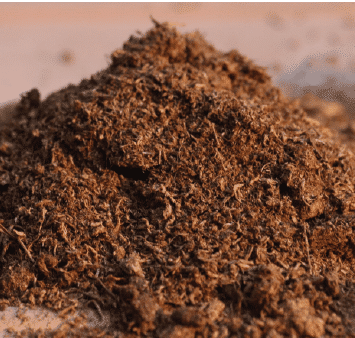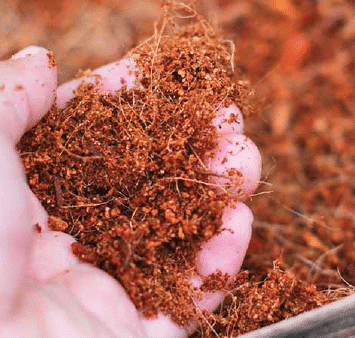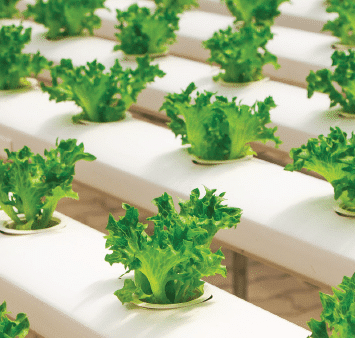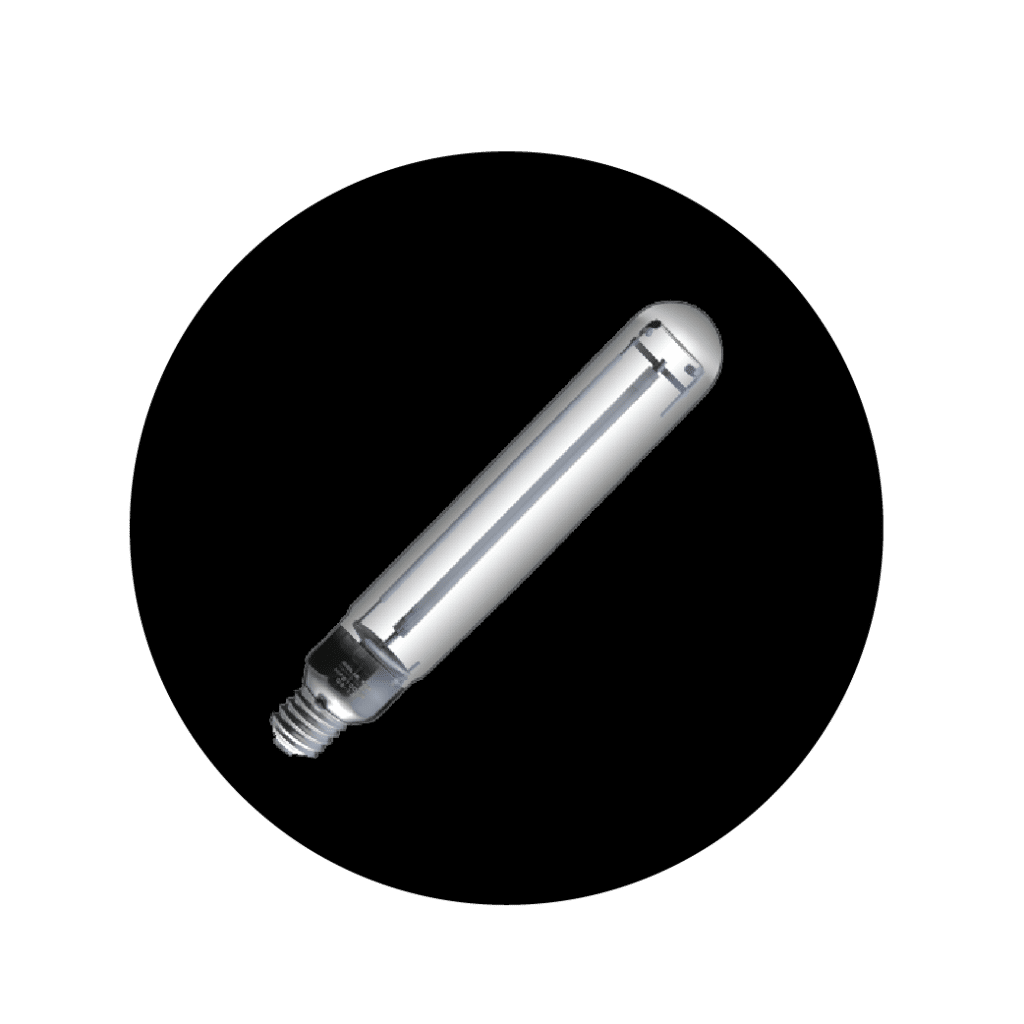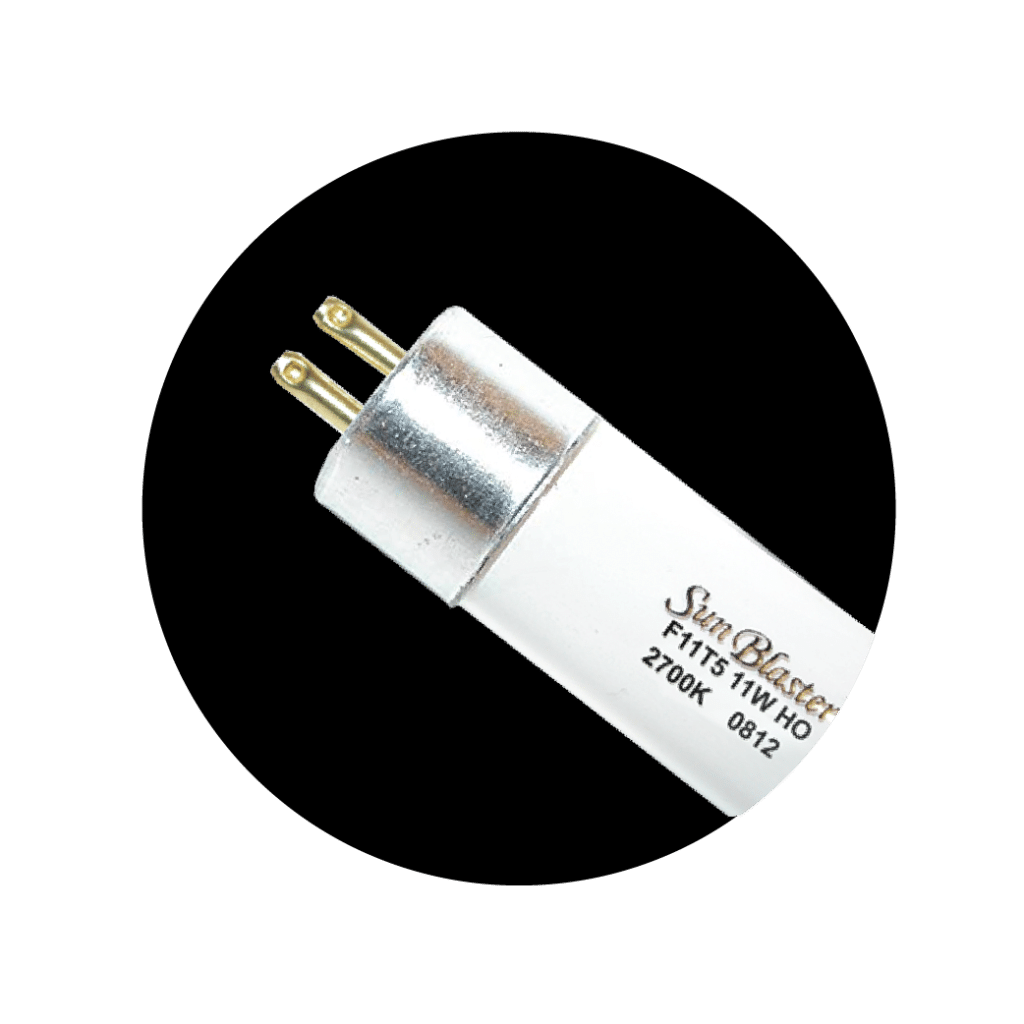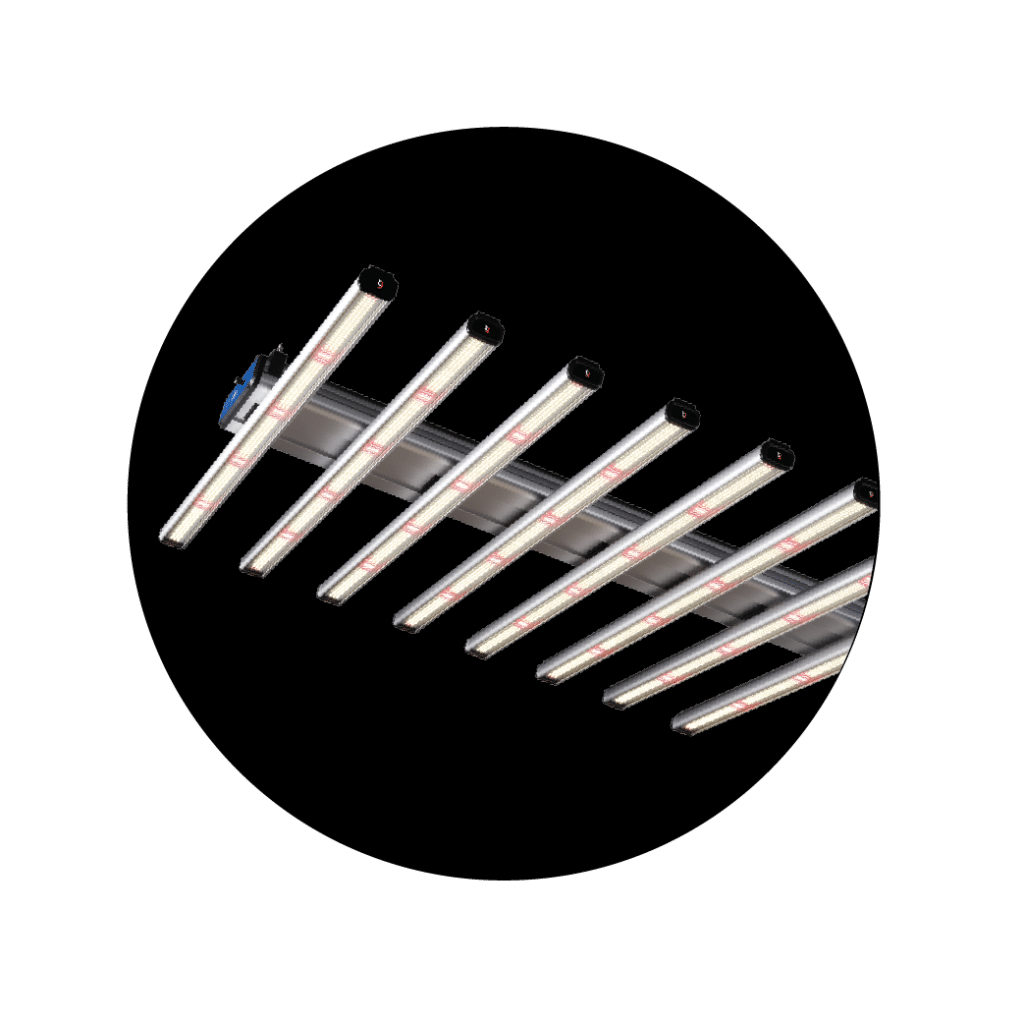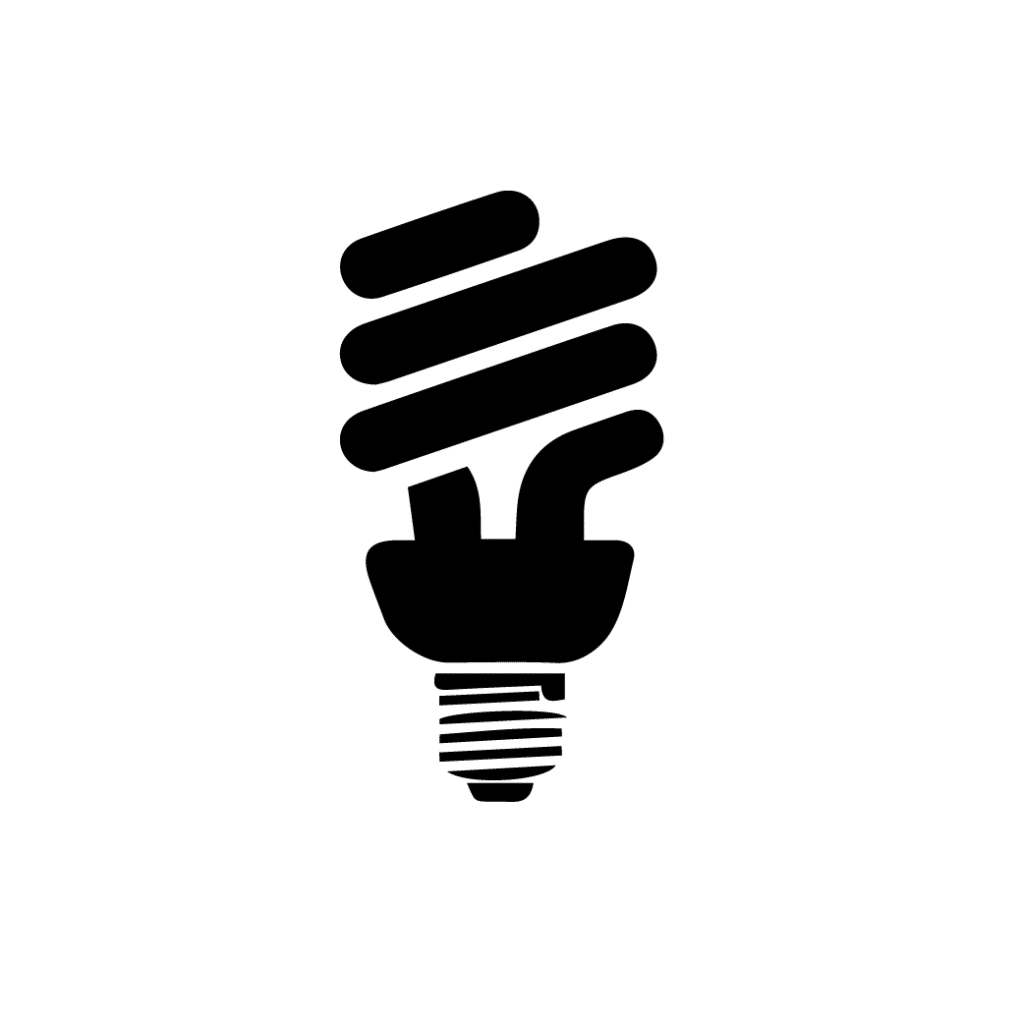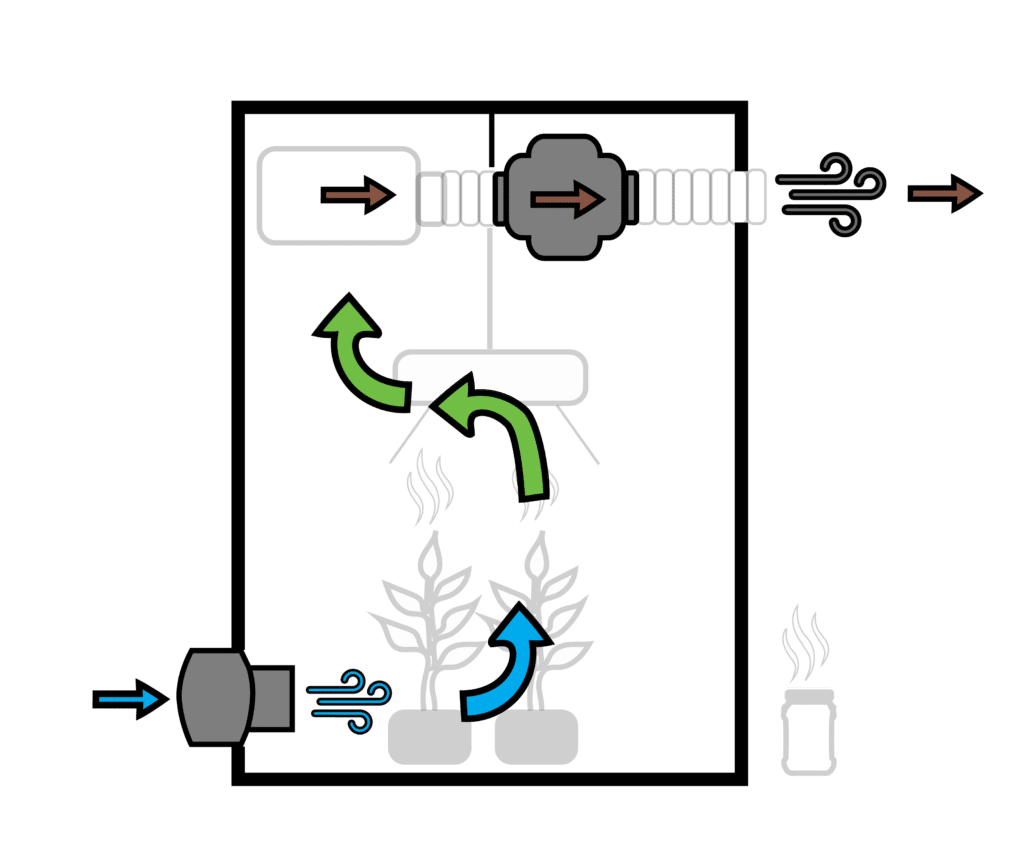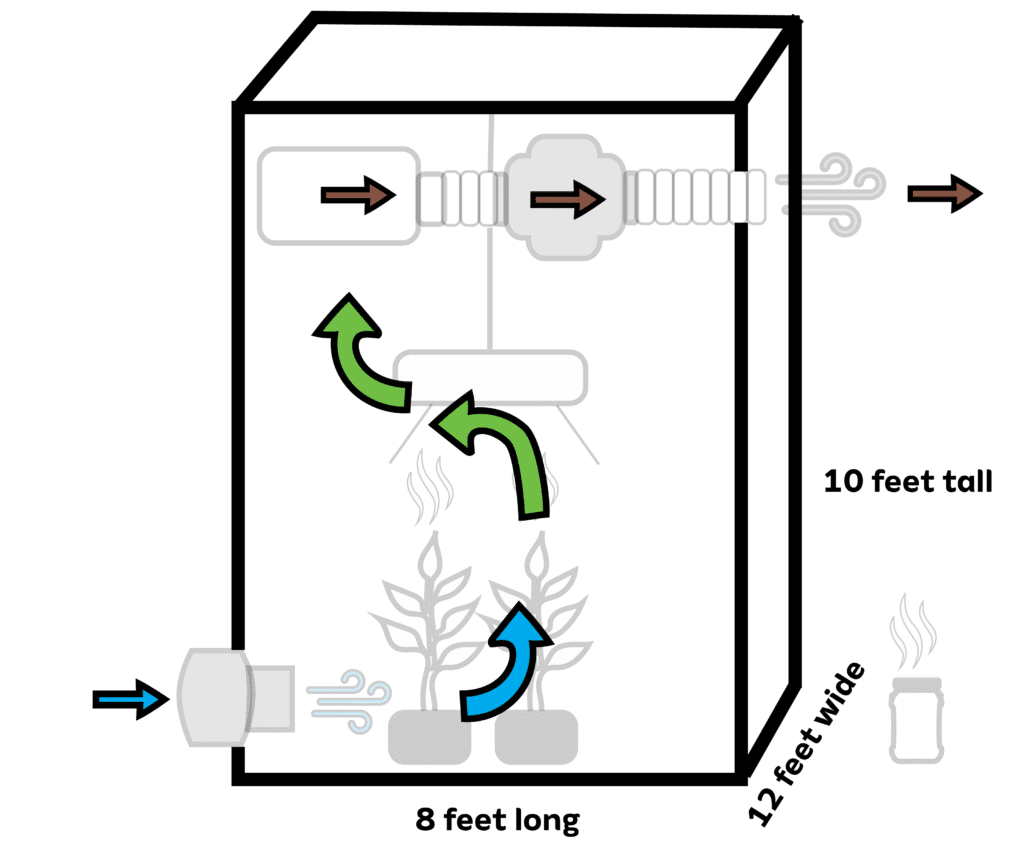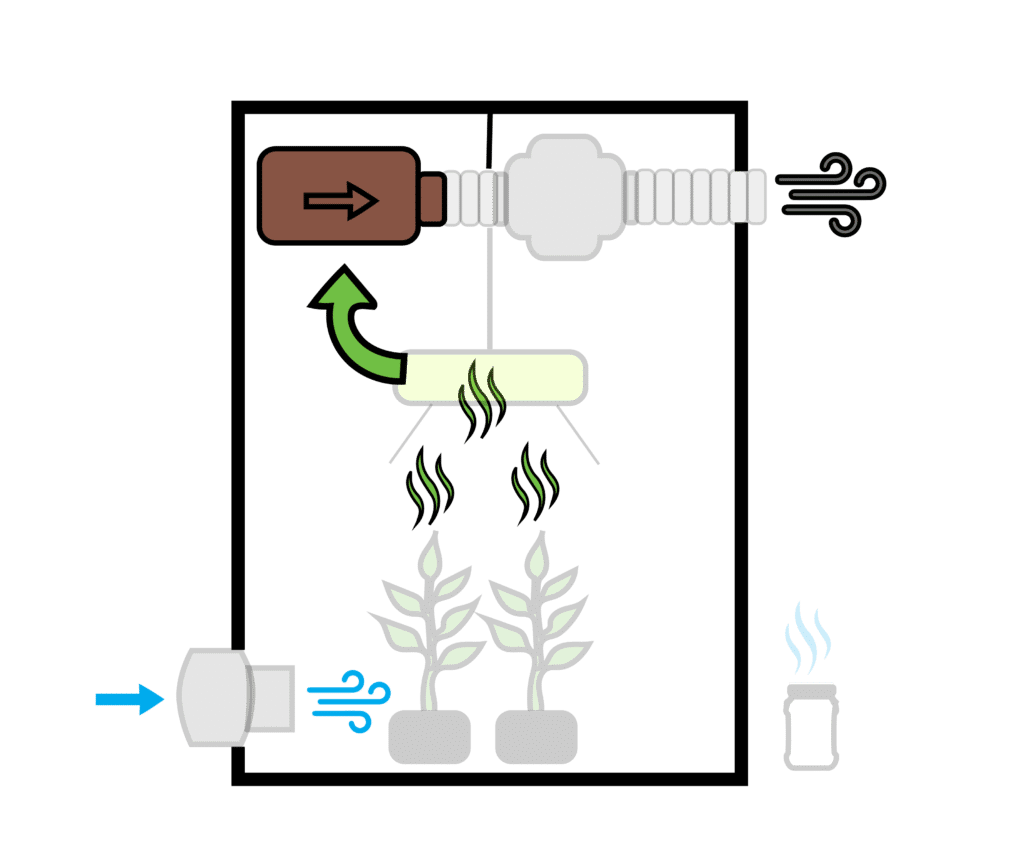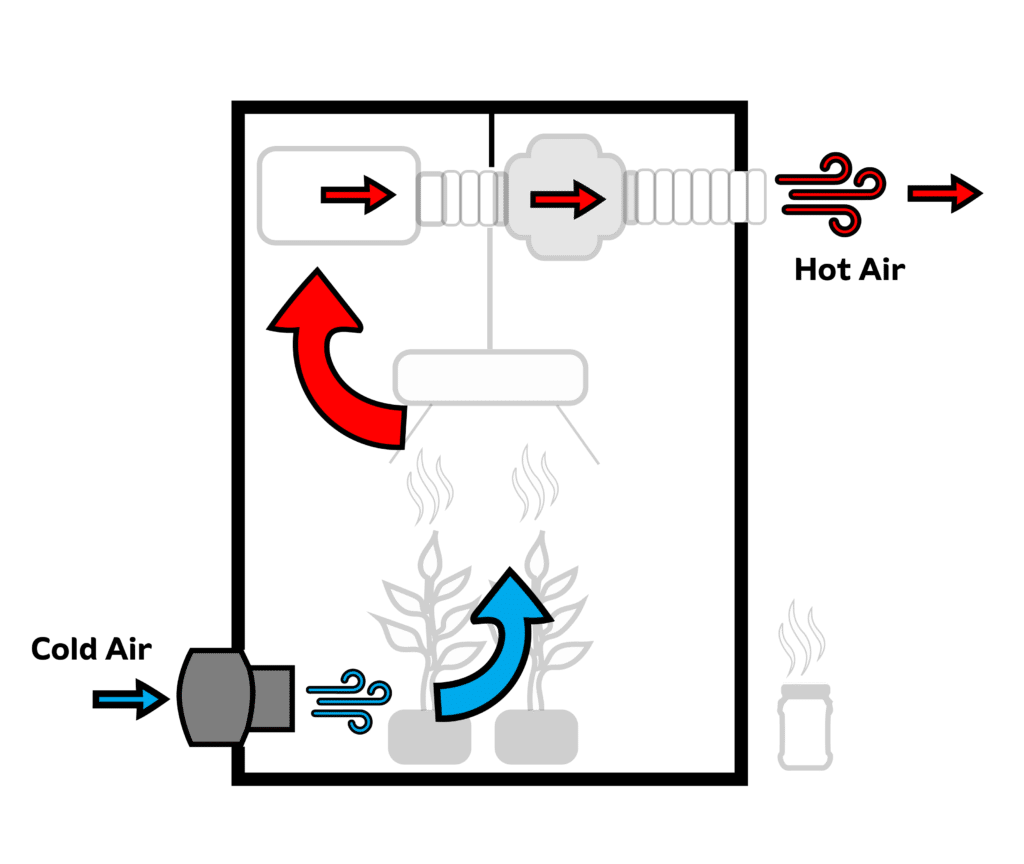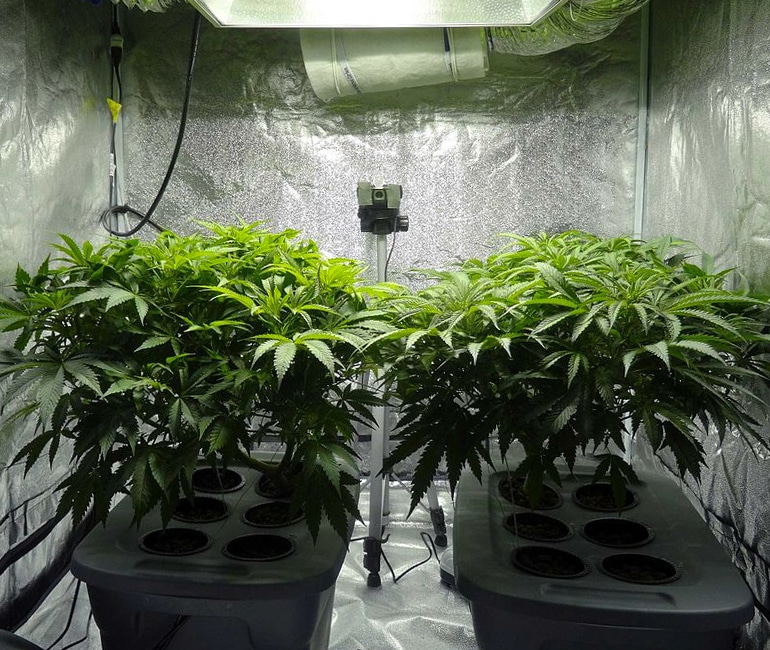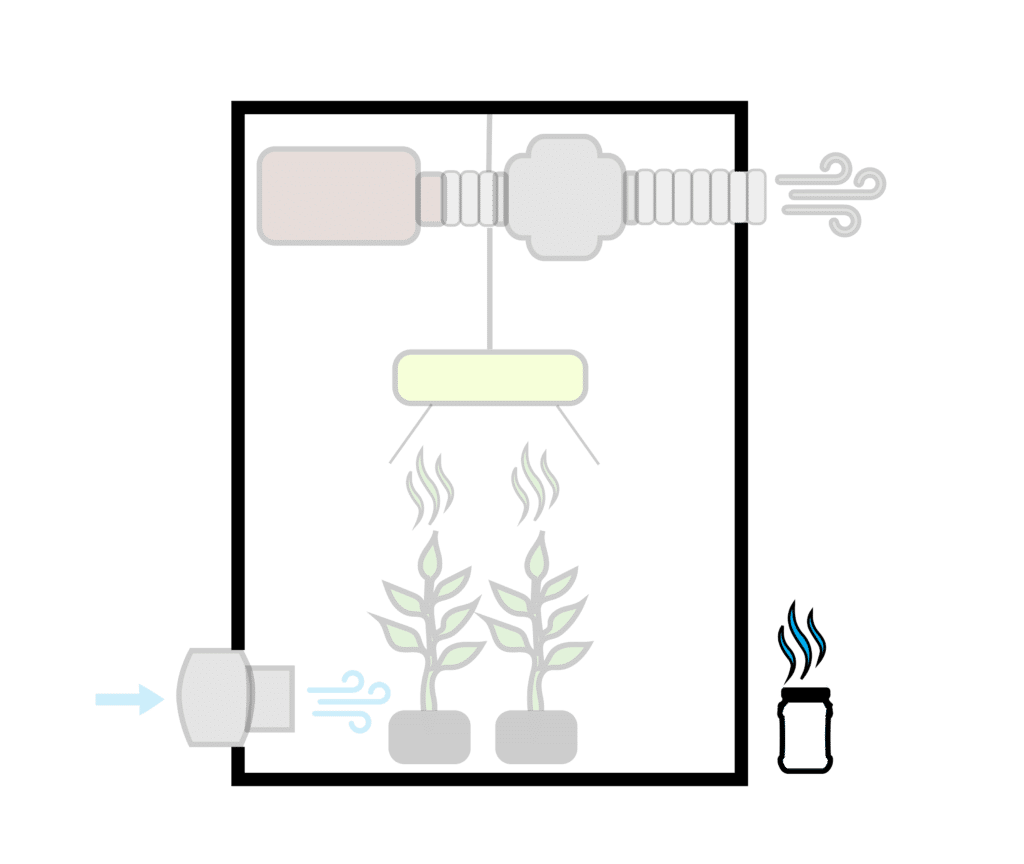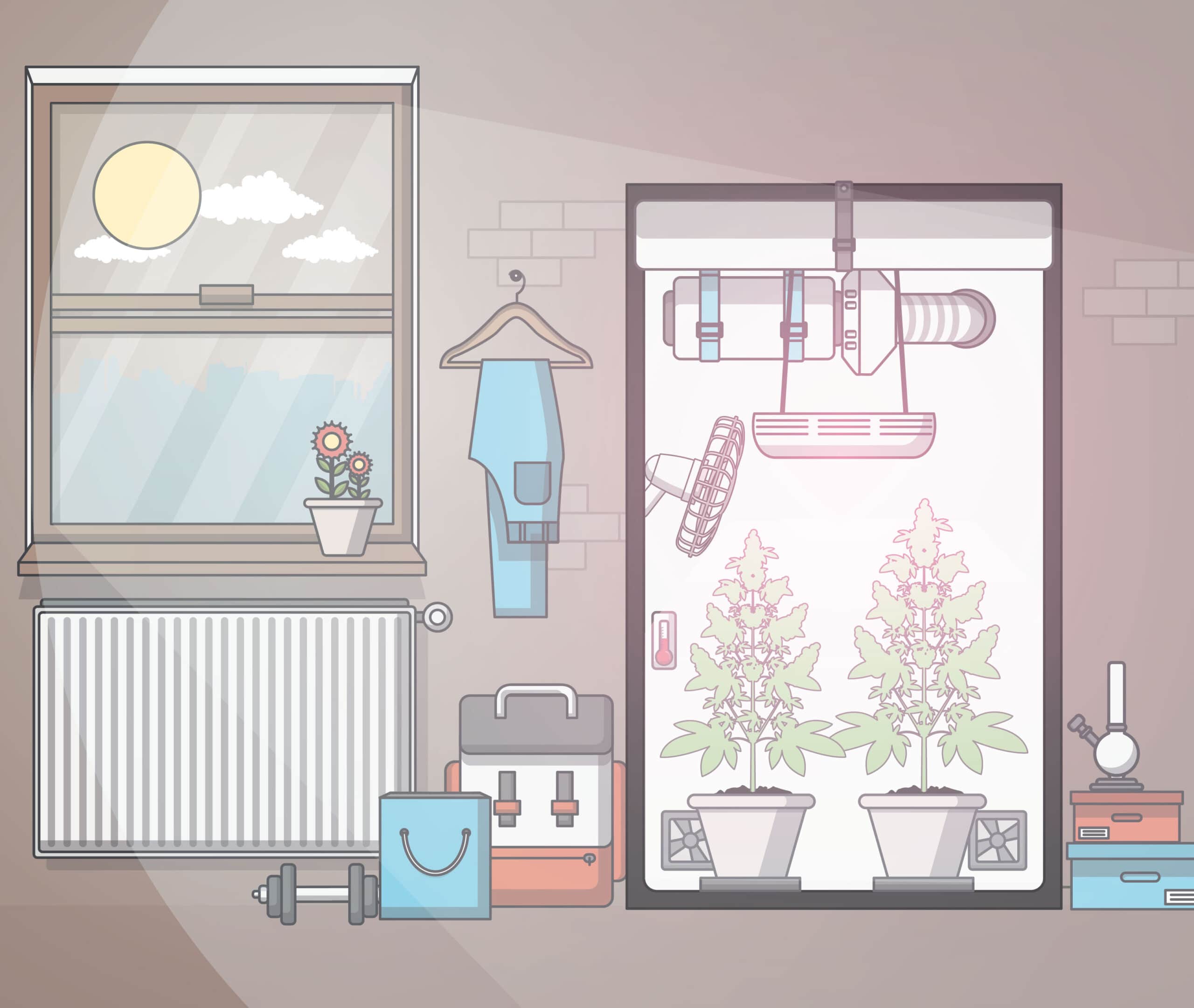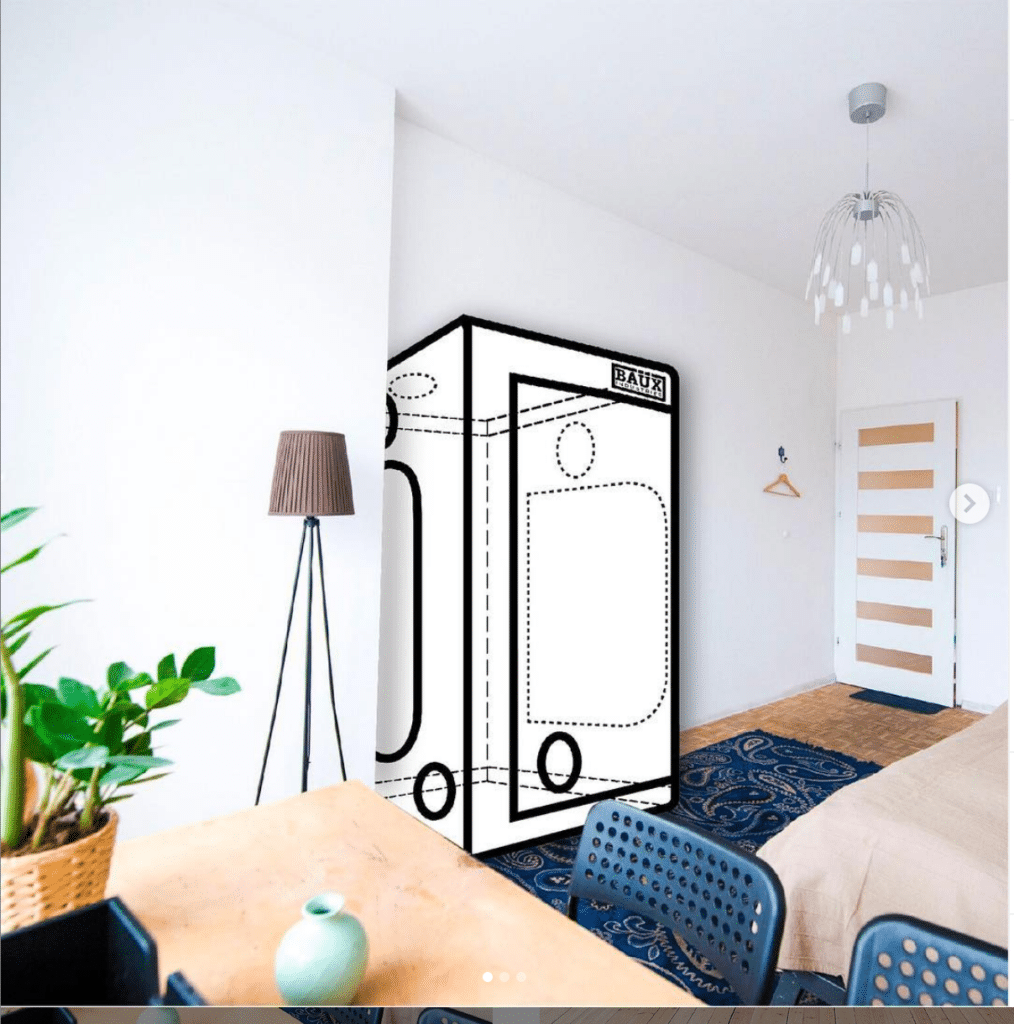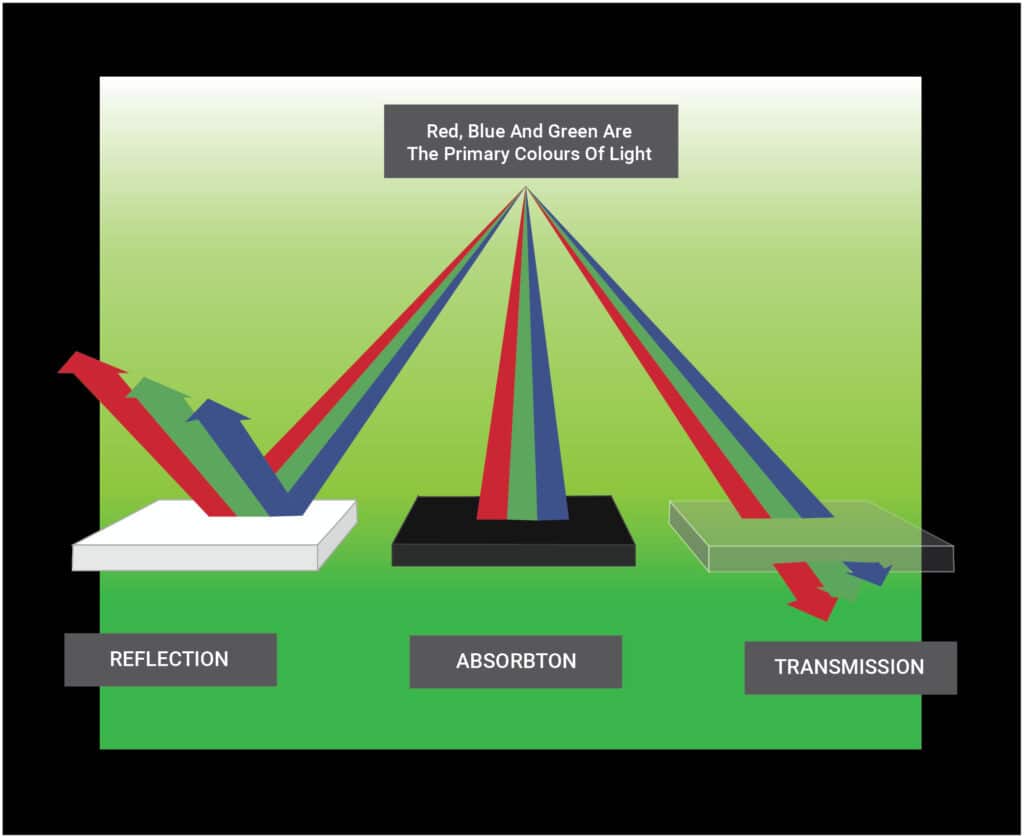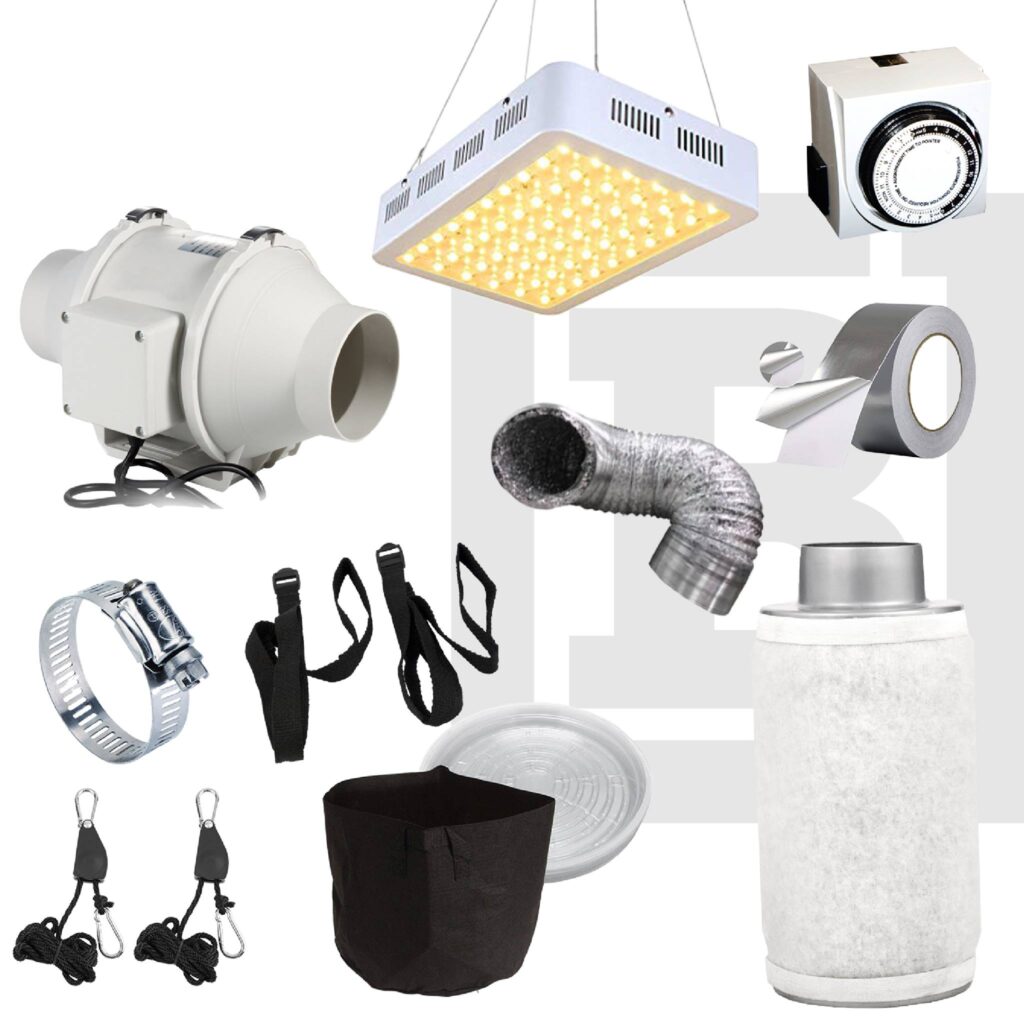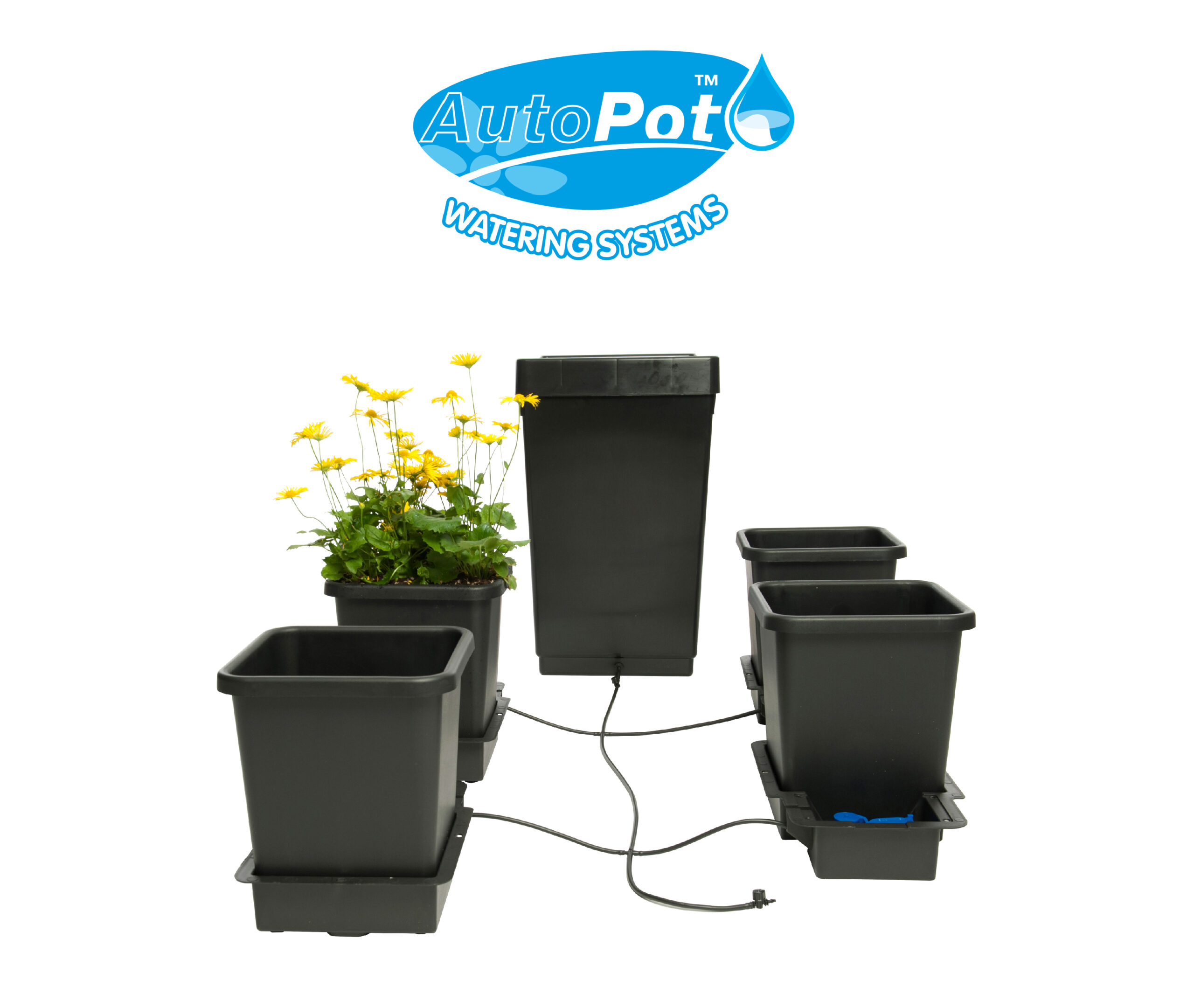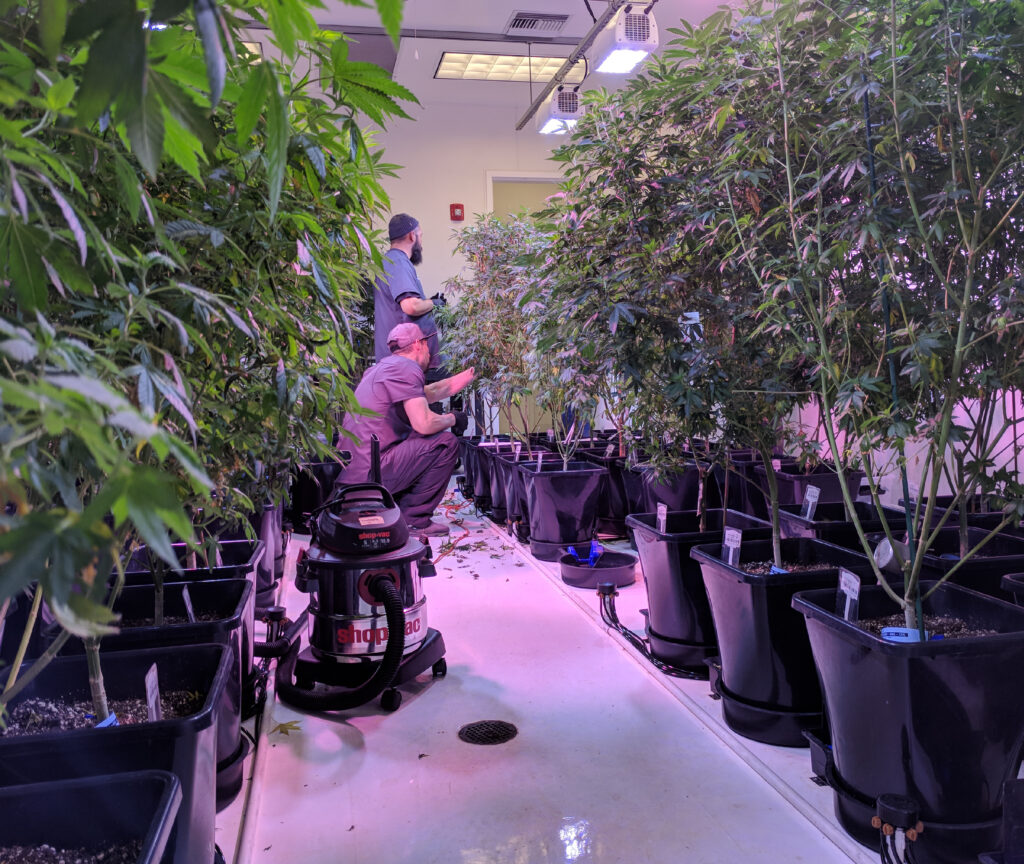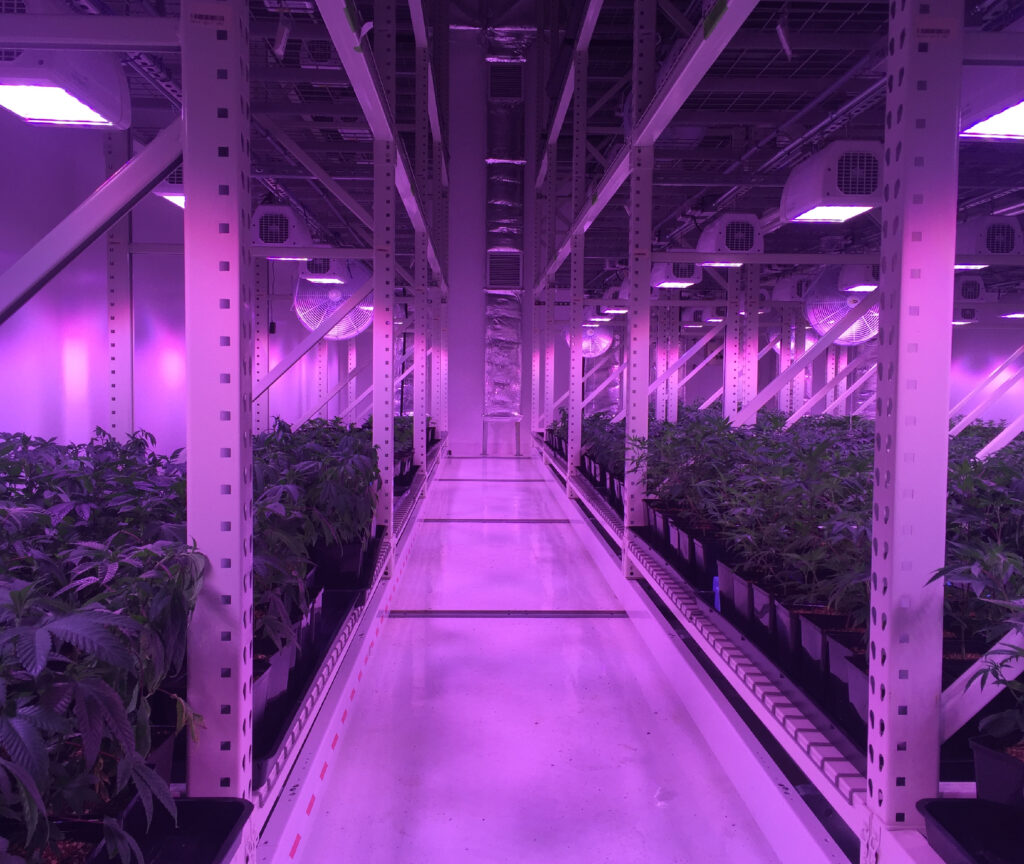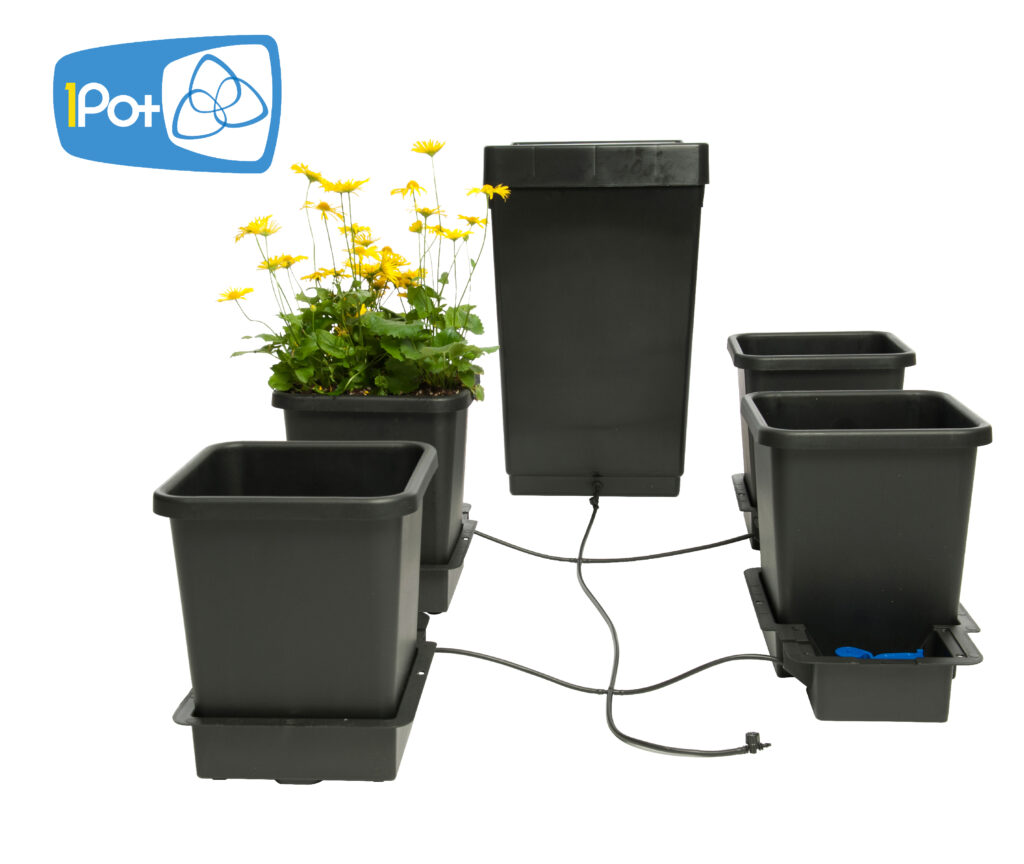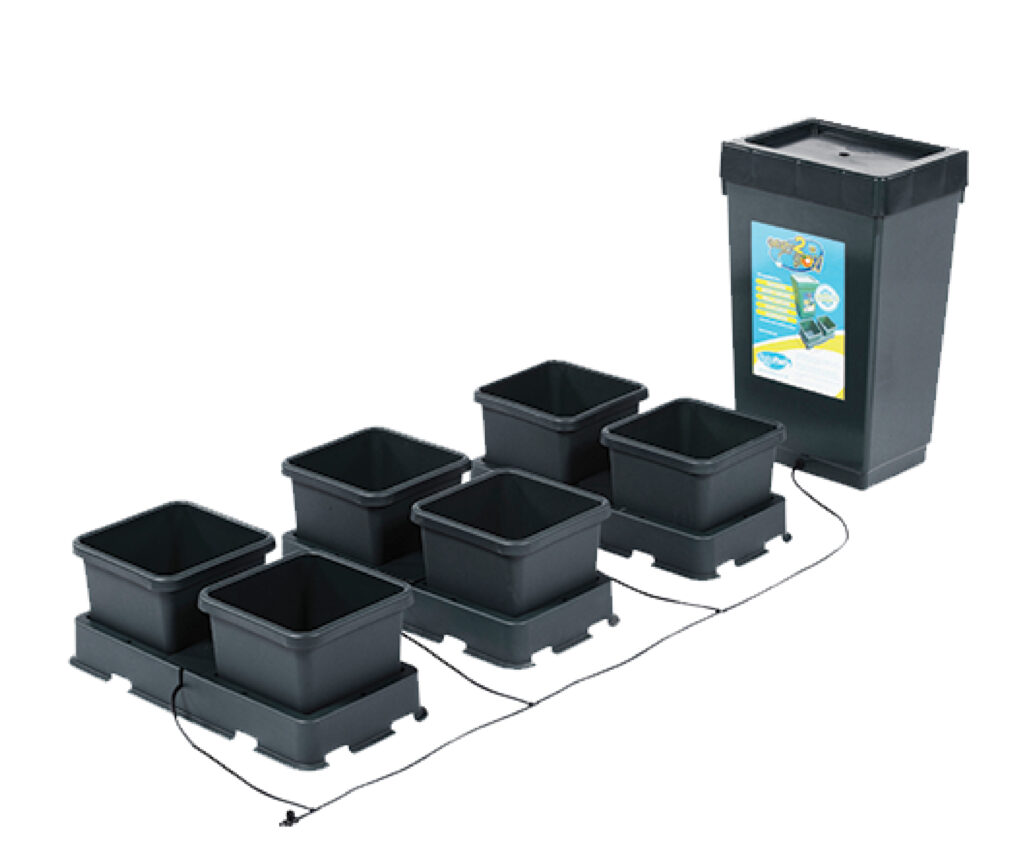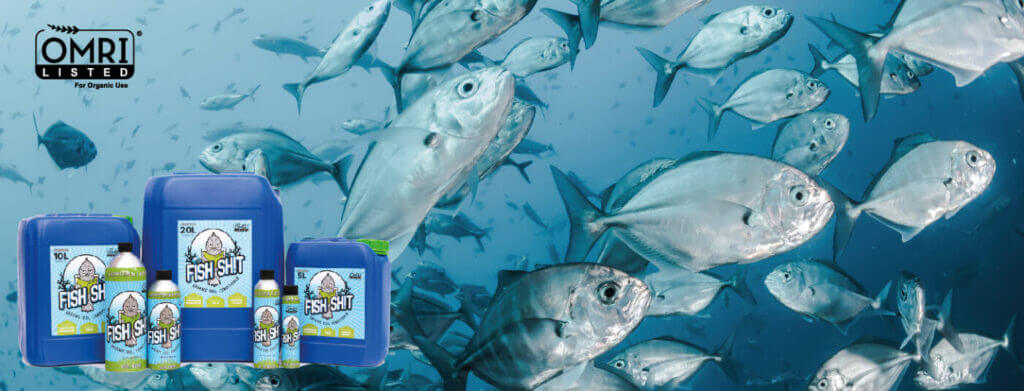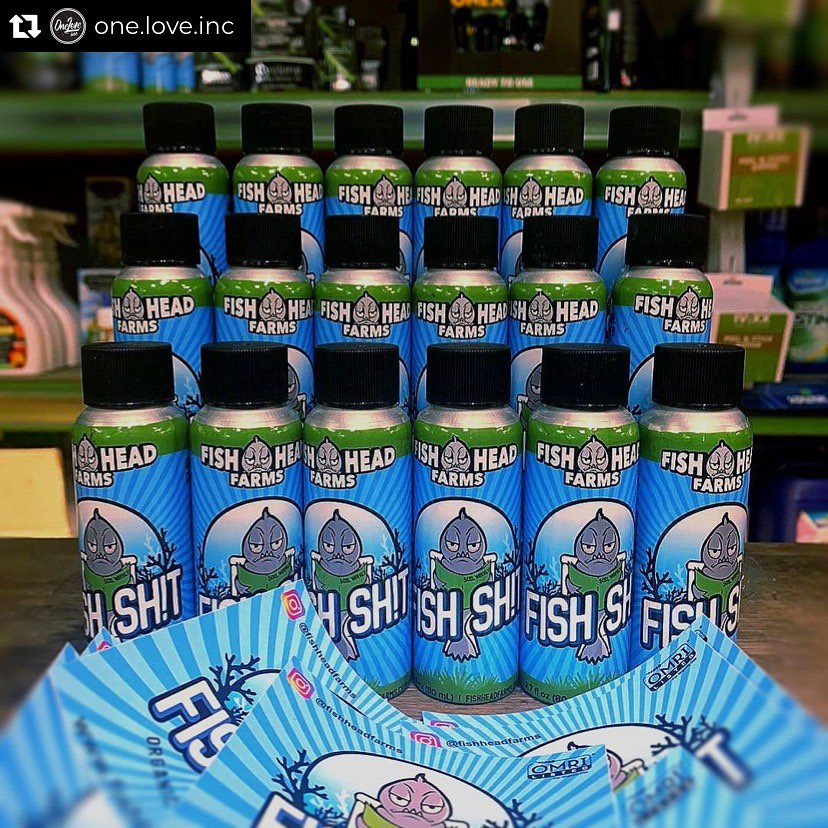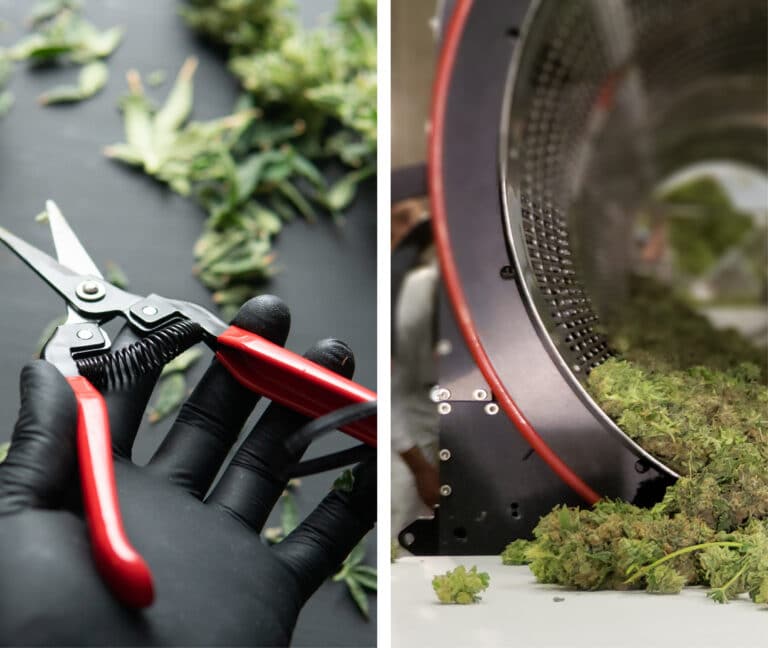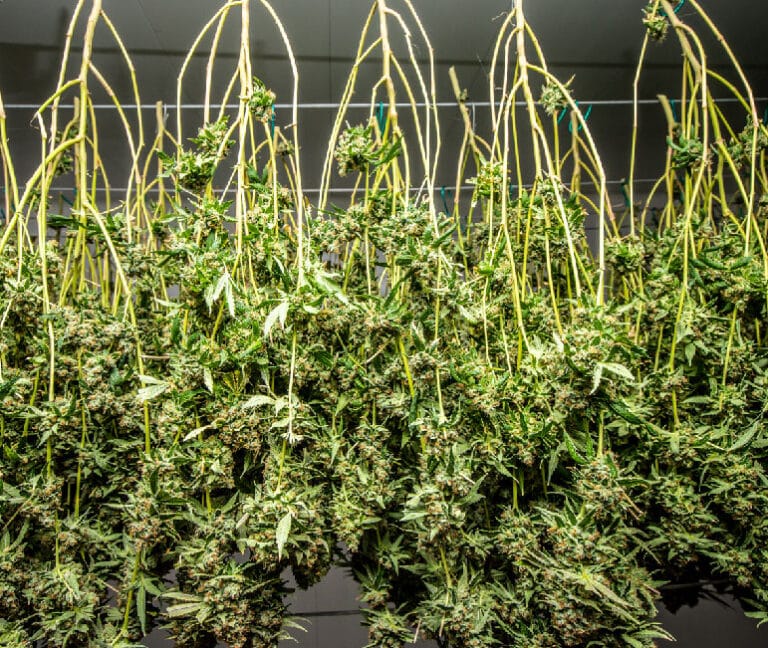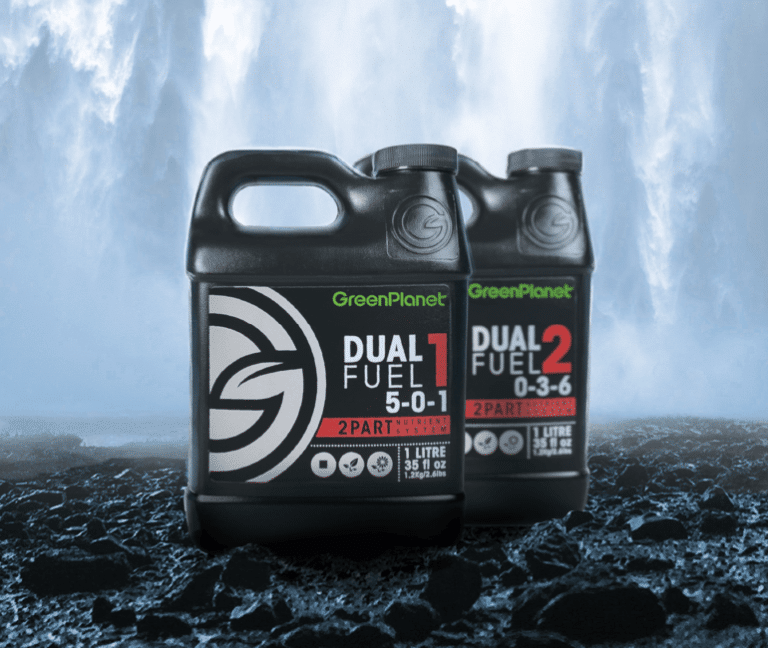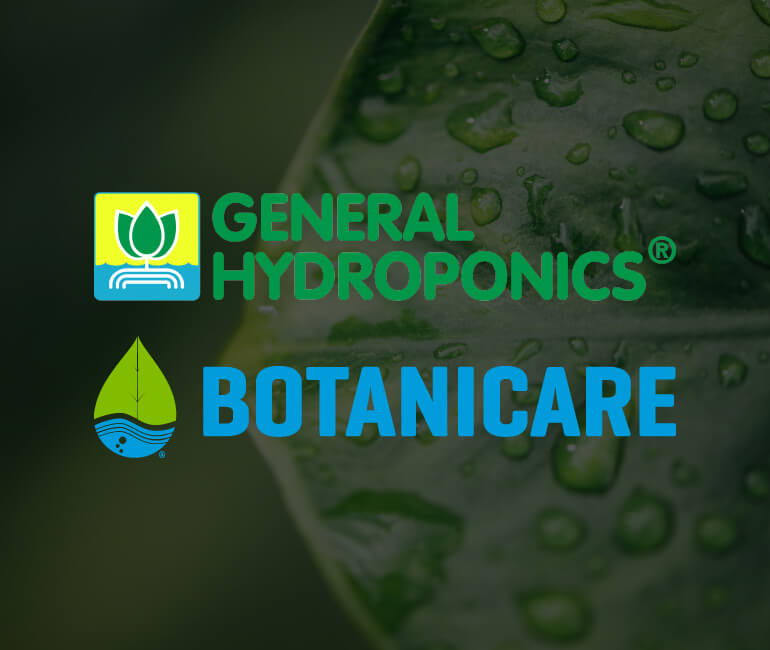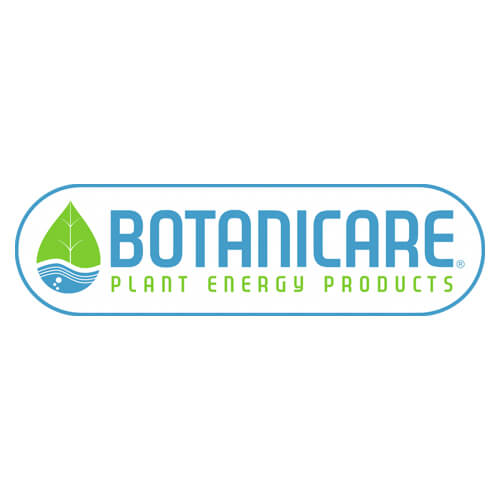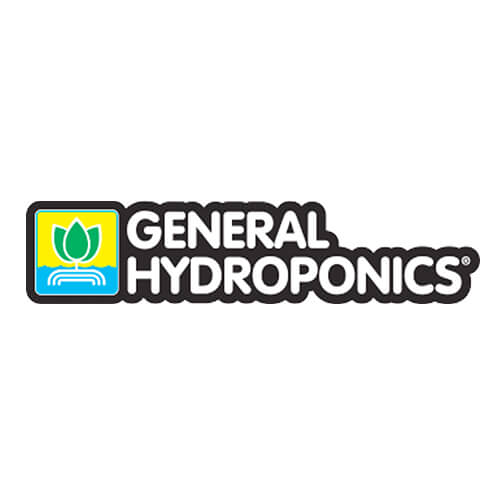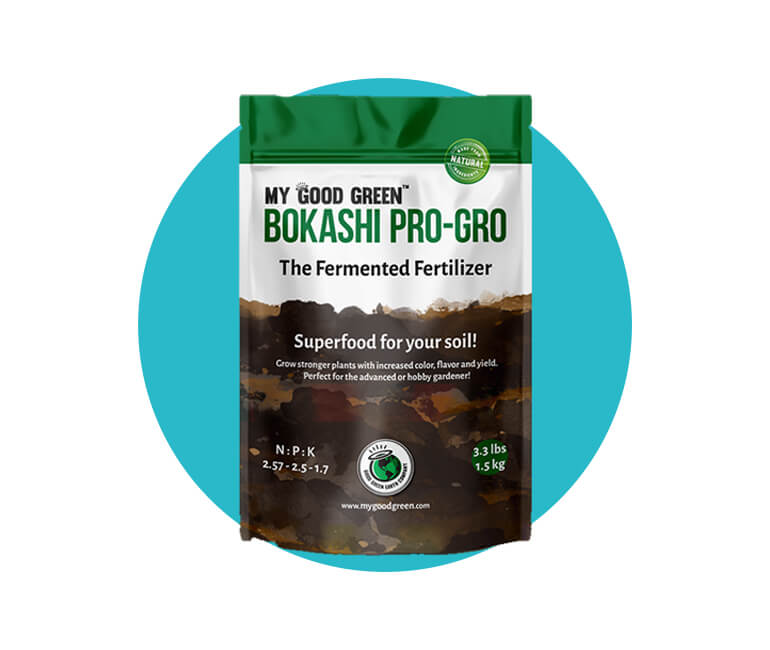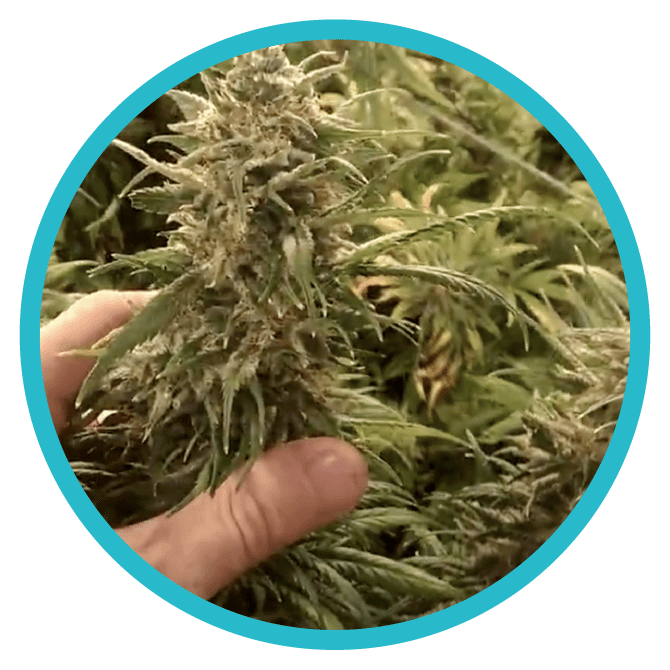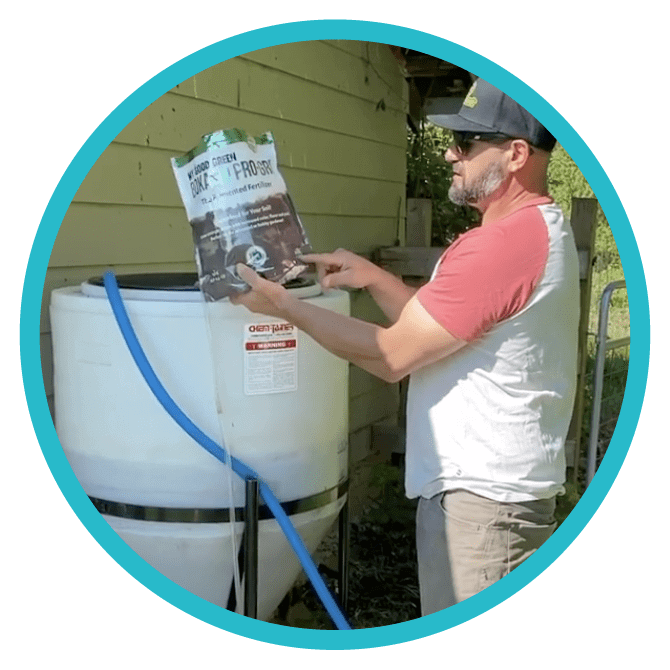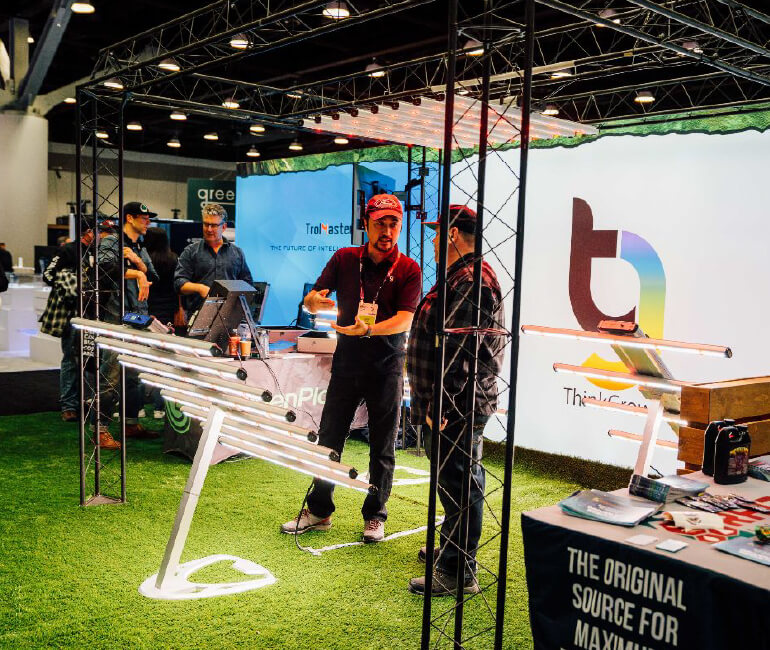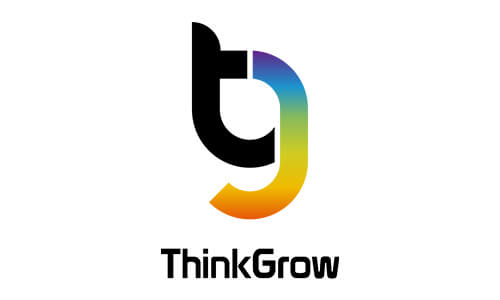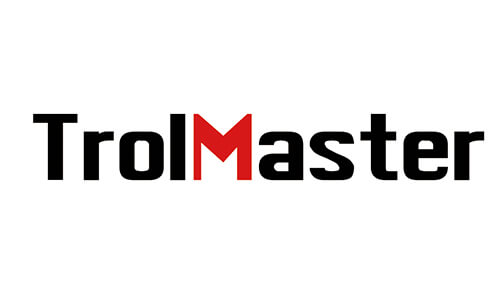Indoor vs Outdoor: How to Maximize Your Garden

While a successful harvest is possible for both indoor and outdoor operations, there are major differences to expect when comparing the quality, quantity and use-value of dry flower cultivated in either environment. For example, there appears to be an industry consensus that flower cultivated in a controlled indoor environment has superior quality to that of an outdoor garden. However, while outdoor gardens may lack an edge in quality over indoor operations, they arguably have the most potential to produce large, heavy flowers, and harvests which produce more dry weight for a smaller investment.
And, with a divide in quality and quantity, the “use-value” of flower, a term which describes the purpose of a product in the market, evidently changes for each crop. For example, with a recent interest in “value-added” products, like edibles, infused drinks, tinctures and oil, cultivators of outdoor gardens have found it more economical to process flowers into concentrate forms of THC and CBD. Conversely, indoor farmers, who value quality above all else, still produce a variety of products for connoisseurs and general consumers alike. With these outcomes in mind, let’s look at some of the factors which go into maximizing both indoor and outdoor gardens.
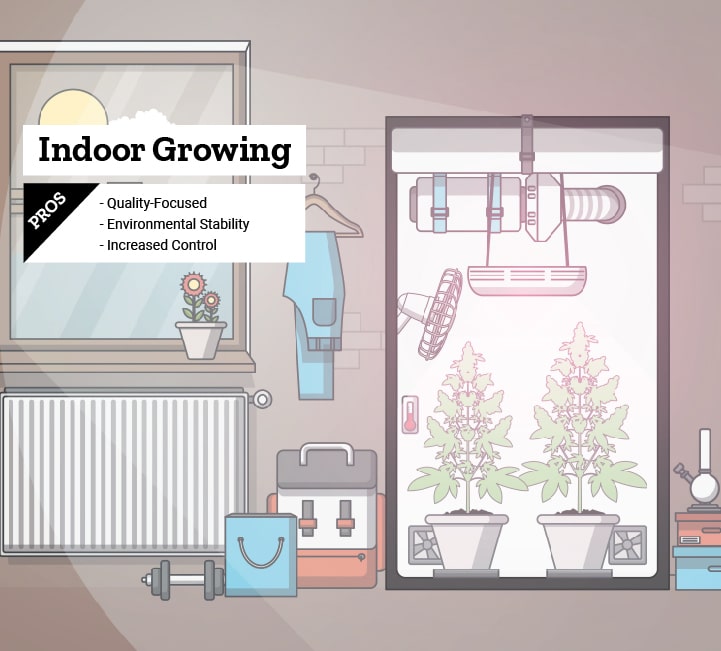

Quantity-Driven Outdoor Gardens
Outdoor Genetics
Getting to harvest during the outdoor season is no easy task, as potential hazards, early frost, flash-floods, pests and misconduct can all easily forecast failure. However, by focusing on important elements of a successful garden, like genetics, environmental considerations and plant nutrition, any gardener can achieve the benefits of a quantity-driven garden. Follow the points below for tips to consider while growing outdoors:
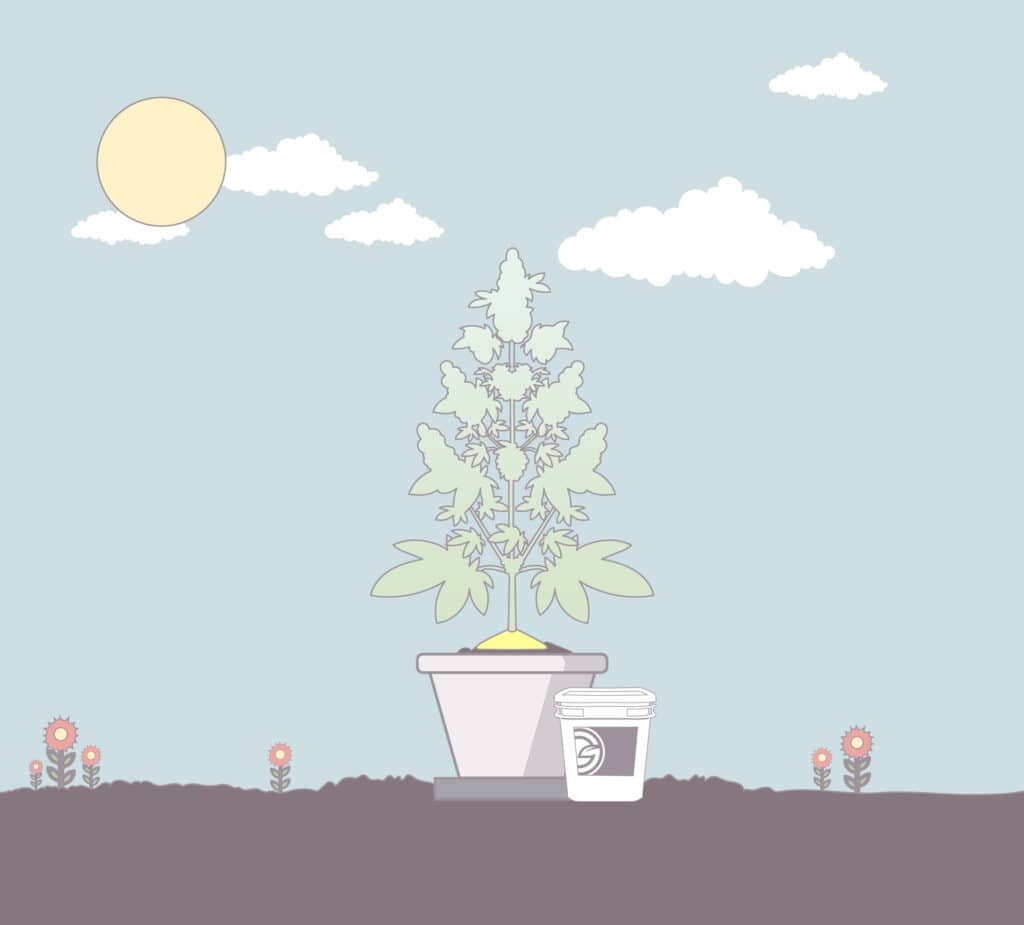
In any garden, plant genetics are the number one factor that contributes to predicting a maximum yield. However, in an outdoor garden, the importance of plant genetics are maximized. To reach a harvest during the outdoor season, plants must be reliable, resilient, and easy to manage. Among other genetic features to inspect, the most important characteristic of a plant to examine is the time it takes for the strain to reach maturity.
For experienced growers, it is a well-known fact that all strains have different and sometimes unexpected lengths of flowering. For example, the sativa, Red Congolese, has an average flowering time of 11 weeks; this means that in an outdoor garden, the Congo wouldn’t reach full maturity until mid-November. Depending on your geographical location, the goal of growing the sweet and spicy Congolese outdoors may be obtainable; however, for everyone growing above the 49th parallel, the Congo would have a hard time surviving the cold nights and early morning frost of late autumn.
For a more reliable, resilient and manageable strain, consider an outdoor classic like Northern Lights. Known to be resistant to heat, cold, pests and disease, Northern Lights is the low growing, indica-dominant plant that’s sure to reach maturity with little or no issues
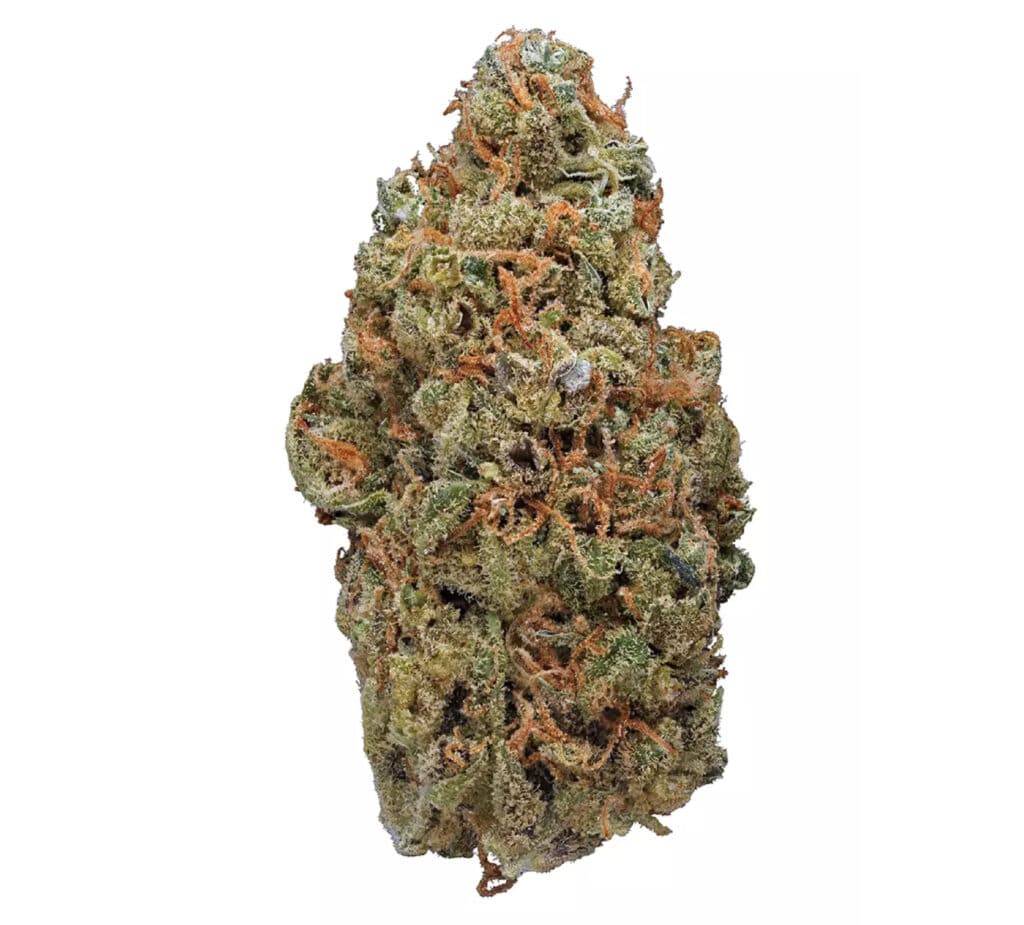


Environmental Considerations
Since we have no control over mother nature, it is in the gardener’s best interest to mitigate hazards and predict windows of opportunity. Depending on the season, a garden can thrive outdoors for approximately four months. However, in case of a rainy, or slightly colder June, it’s a good idea to establish plants as seedlings and cuttings inside, before attempting to transplant directly outdoors. Similarly, watch out for storms, heavy winds, drops in temperature and signs of pests or disease. If these problems arise, plants may need to be provided temporary shelter, or treated with pest and disease controls. For reliable control against unwanted pests, check out High Yields Products Lock Down Pads.
Plant Nutrition
Because the outdoor season is so long, growers have begun to move towards fertilizers that are more economical and easier to use. While still boasting impressive results, slow-release fertilizers are among the best choice for outdoor gardens. For example, GreenPlanet’s Back Country Blend (BCB) is a highly affordably slow-release fertilizer that saves time and labour upon application. Back Country Blend is packed full of essential elements and comes in multiple parts for growing, flowering and hardening. Apply BCB during any stage of growth at the recommended rate, and watch your plants thrive. For more information on the Back Country Blend feeding program, click here.
Quality-Driven Indoor Gardens
Unlike outdoor operations, the main advantage of growing indoors is the increased control growers have in all aspects of the garden. In short, there are no seasons in an indoor garden; so, if a grower’s genetics, environmental controls and plant food are quality-driven, then the end result is bound to be a cut above the rest. Need help getting started? Read the first installment of our series on creating the ultimate indoor garden: Creating the Perfect Environment Part 1: The Grow Space.
Indoor Genetics
While an outdoor gardener may select genetics on the basis of hardiness, ease and flowering time, there is no limit to the potential of successful strains indoors. For example, talented indoor growers might specifically select strains on a few identifiable characteristics including pigmentation, taste, output, terpenes, and cannabinoid profile. However, if there is anything to consider when choosing a strain for your indoor garden, refer to your own skills as a gardener. For instance, strains that have complicated dietary requirements or prolonged flowering times have a higher chance of pests, disease or error affecting the outcome of a harvest. So, if your controls in the garden aren’t ideal, consider choosing an easier plant to grow. For a complete list of popular, classic and trending strains, review online resources like Leafly or Wikileaf.
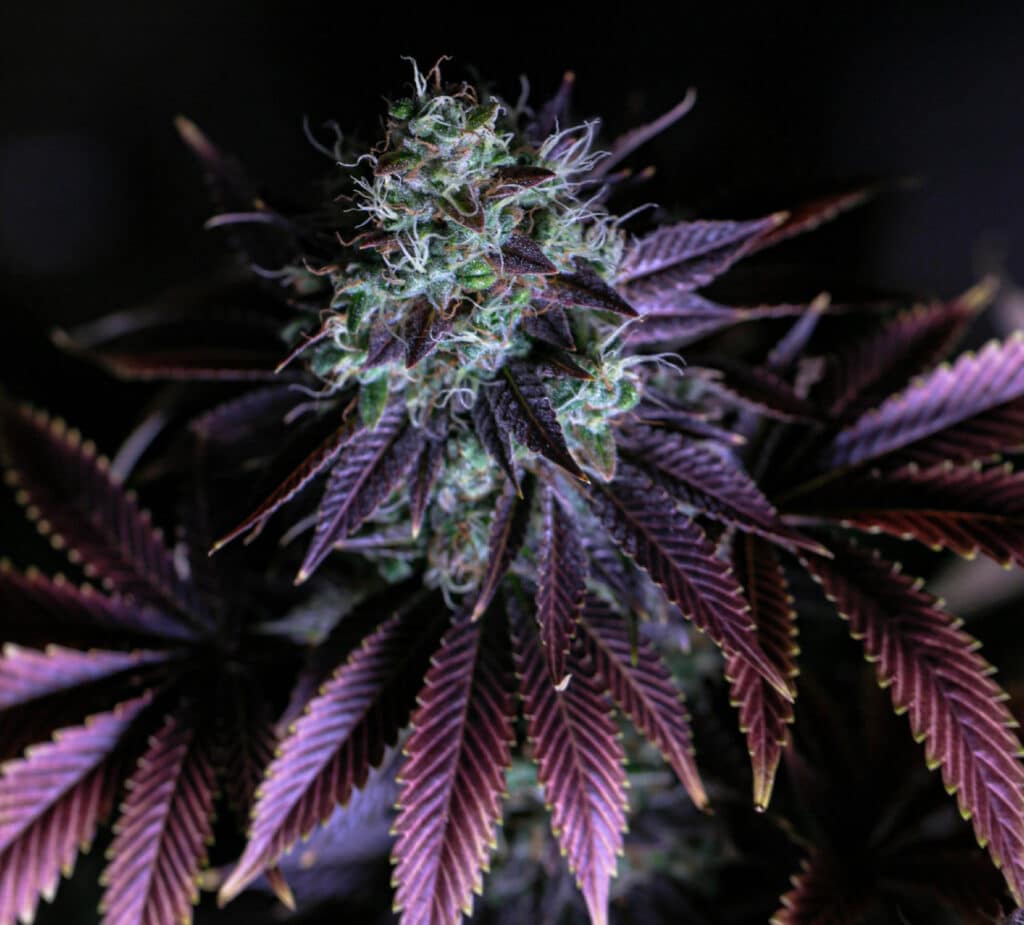
Environmental Control
Controlling your environment is one of the most advantageous aspects of gardening indoors; and, next to supreme genetics, an ideal environment is the most important factor to consider when attempting to cultivate quality-driven produce. In general, most strains will thrive with lights on temperatures of 80-85 degrees Fahrenheit and average humidity levels of 50-60%. What’s important to understand about a controlled environment, however, is the lengths at which gardeners can tweak the garden in order to maximize yields. For instance, plants typically enjoy higher temperatures and humidity levels during vegetative growth. So, while it would be impossible to manipulate the weather outside, an indoor gardener may choose to elevate levels of temperature/humidity during this period of growth to produce new roots, shoots and increased foliage. To manage your garden from a distance, consider the most advanced digital technology – TrolMaster Hydro-X Pro Control System and modules.
Plant Nutrition
If your goal is quality, nothing will provide your plants with better nutrition than liquid plant food. However, with so many options available to consumers, choices, brands and styles can often confuse, if not discourage education on the subject of plant nutrition. For tested, easy and reliable liquid plant food, browse a selection of GreenPlanet’s liquid feed programs. Want to learn more about GreenPlanet Nutrients? Read the blog titled: Understanding the Parts of GreenPlanet Nutrients Base Fertilizer Programs.
By following the considerations above, a successful harvest is possible both inside and out of a simulated environment. Whatever your plans are for your garden, the team at GreenPlanet Wholesale is here to help! For more information about the products mentioned above, please contact GreenPlanet Wholesale directly. For all other inquiries about products and services offered by GreenPlanet Wholesale, contact our team or your local garden supply store for more information.
Work Cited
- Lewis, D. Untitled Marijuana Picture. Retrieved February 1st, 2020 from Unsplash.com
Latest News and Announcements




